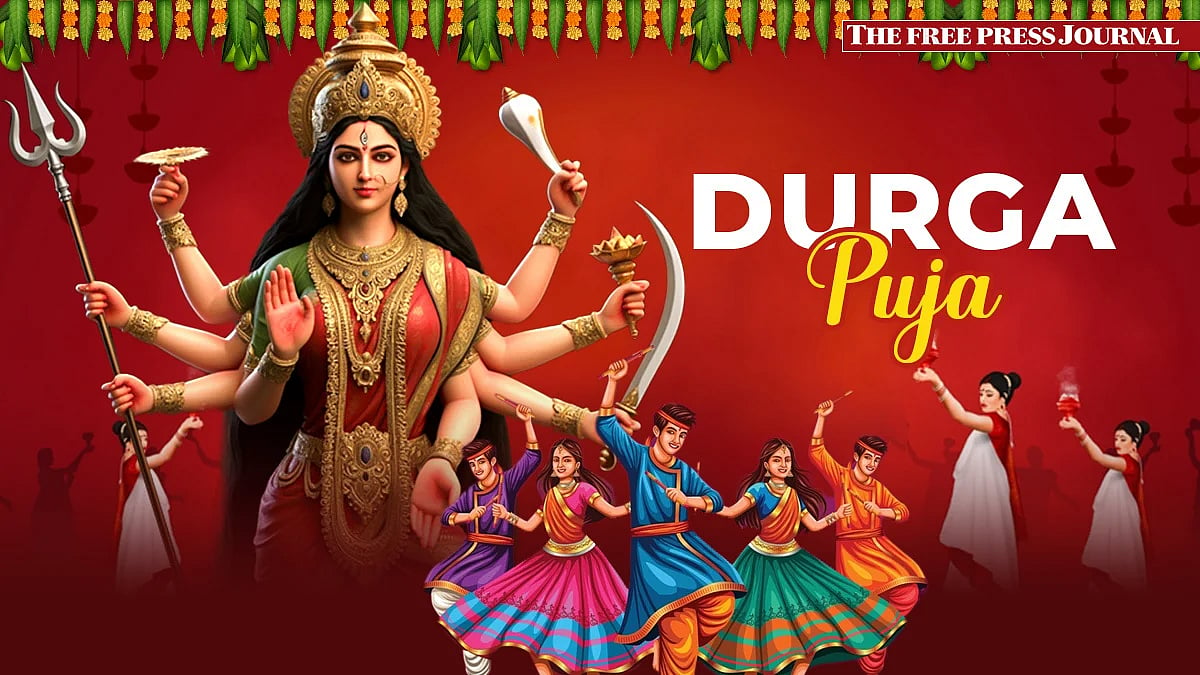Whiskey is more than a drink; it is a journey through time, cultures, and traditions. Each glass holds a narrative that stretches beyond its amber hue, telling tales of heritage, craftsmanship, and communal rituals. From the windswept highlands of Scotland to the bustling streets of Tokyo, whiskey unites us in celebration and contemplation, transcending mere consumption.
"Whiskey transcends beyond the moment of consumption; it represents the diverse cultural nuances and traditions across the globe," says Amitabh Pande, chief consumer planning, strategy, and digital officer at Diageo India. Indeed, each culture has its unique interpretation of whiskey, embedding it deeply within its social fabric.
Scotland: Heritage of pride and tradition
In Scotland, whiskey, or "Scotch," is not just a beverage but a national treasure. The Scots view whiskey as an integral part of their identity, often enjoying it during celebrations or communal gatherings. The traditional Burns Night supper, held in honor of poet Robert Burns, features whiskey toasts and elaborate tastings, notes Jitin Merani, Co-Founder of Glenwalk and Director of Cartel Bros. Scottish whiskey is known for its regional diversity, with each area offering distinct flavors influenced by local ingredients and methods. For instance, Islay whiskies are famed for their peaty, smoky profiles, a result of using local peat in the malting process. Whiskey tasting in Scotland is a revered ritual, where enthusiasts savor the spirit neat or with a splash of water to unlock its complex flavors.
Japan: Art of precision and harmony
Across the globe, Japanese whiskey stands as a testament to meticulous craftsmanship and dedication to harmony. The Japanese approach to whiskey-making is akin to their approach to life: precise, balanced, and respectful of tradition. Japanese whiskeys are often enjoyed in highballs—a mix of whiskey and soda—reflecting a cultural preference for subtlety and refinement. "Whiskey in Japan is savored slowly, appreciated for its delicate balance and complex flavors," notes Sarita Salwan, author of The Good Divorce. The Japanese emphasis on the art of bartending and the intricate pairing of whiskey with local cuisine further showcases their reverence for this crafted spirit.
The United States: Symbol of sophistication and modernity
In the United States, whiskey, particularly bourbon, embodies sophistication and modernity. It is the drink of choice for professionals and socialites, symbolizing success and refinement in a fast-paced lifestyle. Bourbon, characterized by its corn-based mash and aging in new charred oak barrels, has a distinctly sweet and rich profile. The southern states, especially Kentucky, are renowned for their bourbon production, and the Kentucky Derby’s mint juleps are iconic. Meanwhile, Tennessee whiskey undergoes an additional step known as the Lincoln County Process, where it is filtered through maple wood charcoal, adding a unique smoothness. Whiskey tastings and social gatherings often feature bourbon, emphasizing its role in American social and cultural life.

India: Legacy of aspiration and celebration
In India, whiskey is a cherished legacy from the colonial past that has evolved into a symbol of aspiration and celebration. "Whiskey holds a special love and deeper significance in India. It is a symbol of our enduring tastes, preferences, and aspiration," says Amitabh Pande. Post-independence, the Indian whiskey landscape transformed with the opening of the economy and the rise of grain-based distilling. Premium and super-premium Indian whiskeys have gained popularity both domestically and internationally. The ritual of toasting life’s moments with whiskey is deeply ingrained in Indian culture, with a preference for smooth, sweet, and spiced flavors. Anant Iyer, COO of Alcobrew Distilleries India Limited, highlights the growing acceptance of Indian Single Malt and Blended Malt whiskeys, driven by increasing disposable incomes and exposure to global trends.
Norway: Warmth and camaraderie
In Norway, whiskey and other brown liquors are often enjoyed in intimate settings, reflecting a culture that values coziness and camaraderie. Norwegians consume whiskey to keep warm in the cold climate, typically during gatherings with family and friends. The emphasis on warmth and togetherness is a stark contrast to the more formal whiskey rituals observed elsewhere. This cultural approach underscores whiskey's versatility in adapting to different social contexts and climates.
China: A rising affection amidst traditional preferences
China presents an intriguing case where whiskey is gradually carving a niche amidst traditional preferences for Baijiu, a potent local spirit. Historically, whiskey had little presence in China, but recent years have seen a surge in its popularity, particularly among the urban middle class and younger generations. Whiskey bars and clubs are becoming fashionable in major cities, highlighting a shift towards global drinking trends while still respecting local tastes. This cultural evolution showcases whiskey's ability to transcend boundaries and adapt to new markets.
Conclusion
As we celebrate cultural diversity, whiskey stands as more than just a drink; it is a testament to cultural exchange and a symbol of success and prosperity. Each culture’s interpretation of whiskey, from the precision of Japanese distillers to the communal toasts of Scotland, enriches its global narrative. Whether enjoyed neat, in highballs, or as part of elaborate ceremonies, whiskey continues to bridge gaps, build connections, and tell the stories of the people who cherish it.
Calories in your tipple
Whisky — 71 cals in 30 ml; 208 cals in a standard pint
Wine — A glass (100 gm) of red wine contains 85 cals, while white wine has 82 cals
Vodka — 65 cals in 30 ml
Gin — 74 cals in 30 ml (non-flavoured); classic G&T hold 96 cals
Rum — 65 cals in 30 ml (white and dark)
Tequila — 60-65 cals per standard shot (30 ml)











